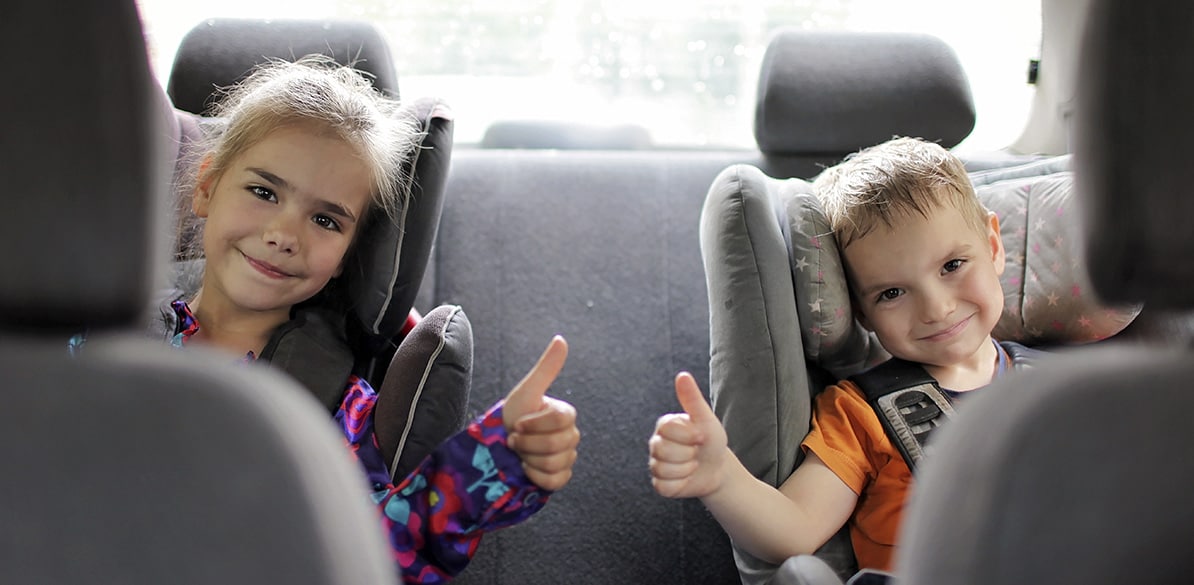At what age can a child travel facing forward?
Here’s why it’s safer for them to travel in a rear-facing position

Road Safety
Today we are going back to 12 April, 1961. A Russian cosmonaut, Yuri Gagarin, on board VOSTOK 1 became the first human to leave and re-enter Earth’s orbit.
The initial plan was for a re-entry deceleration of 9Gs (nine times the acceleration caused by Earth’s gravity), but a failure in the braking system caused the deceleration to reach 12Gs.
The seat in VOSTOK1 was positioned in the opposite direction to the direction of travel so that it could withstand the deceleration caused by re-entry. A month later, NASA’s Alan Shepard, aboard the MERCURY REDSTONE 3, performed the same feat. The seat in Shepard’s spacecraft was also facing the opposite direction to the direction of travel.
Three years later, an engineer called Bertil Aldman, seeing the position in which the astronauts of the GEMINI project were re-entering, realised that the best way to withstand abrupt decelerations was in a rearward-facing position, and he created the first model of a rear-facing child seat for KLIPPAN.
All this helps us to answer the question we are asking ourselves. If NASA felt that the best way for adults to withstand sudden deceleration was to be in a rearward-facing position, the answer to the question is actually NEVER. It is never the right time to put the child in a forward-facing position.
That being said, there are a number of limitations resulting from the versatility of cars that a spacecraft does not have, in other words, the car seats must be used by both adults and children, meaning that we cannot create specific fixed rearward-facing seats.
Therefore, from the perspective of physics and paediatric biomechanics, we must keep the child rear-facing for as long as possible, until the limitations of either the space of the child seat, the space in the car, or the space needed to transport the child, prevent us from doing this.
And at what age does this usually happen?
It is normal that in small vehicles, where we need to use all the seats, the volume of the child restraint system limits its use and, in these cases, at approximately 4 years of age, the child should start to travel facing forward. In other vehicles with more interior space we could carry them in a rear-facing position up to 7 years of age.
On the other hand, the physiological maturity of children is also important. This is why it is generally recommended that children up to the age of 4 years travel facing backwards.
When a child reaches 3 years of age, a developmental stage begins involving the skeleton and the spine, with ossification of the vertebrae, and the musculature evolves so that the neck is better able to withstand loads caused by the acceleration of the head. As we have said, in the case of rear-facing chairs, the head does not accelerate with respect to the neck, so injuries of this type can be avoided if the occupant travels looking in the opposite direction to the one the car is going in.
In summary, as space engineers taught us 60 years ago, rearward-facing travel is safer, and, in the car, children should sit in this position for as long as possible, at least, up to the age of 4.
